Olga Bozhko: Threading the Fabric of Contemporary Art
- artamour

- Dec 27, 2020
- 6 min read

Olga Bozhko (b. 1974) is a Moscow-based Russian artist. She graduated from the Russian Academy of Theatre Arts (Scenography Department) in 2000, and the Moscow Institute of Contemporary Art in 2010. In 2002-2003, Olga worked on several projects in collaboration with Irina Korina (”Zamorozka”, Art-Klyazma, 2004). Although she has been exhibiting since 2002, she started her career as an independent artist in 2005, creating immersive installations, objects, and graphics. She became a member of the VGLAZ art group in 2010. In autumn 2015, Olga held a solo show at Pushkin House, London, organized in collaboration with Galerie Iragui, called “Fish are Dumb/We are Not Slaves”. This was followed by another two in the same gallery in Moscow titled “A Different Culture” held in 2016 and her most recent exhibition "Every Cook" held earlier this year. “Arch of Triumph” was held at CCIFABRIKA, Moscow, in 2017 and “MEGA Renaissance" at the House of Architects, Moscow in 2017.
Since 2014, she has also been working as a curator, collaborating with Zverev Center and Studio 50A in Moscow. As a Curator, she has worked on "TEXTile" and "Fathers and Sons" at the Gogol House (New Wing), Moscow in 2018; "Playground" at the GUZM Sandy Gallery, Moscow, in 2016; "In a Certain Kingdom, In a Certain Country" at Studio 50А in Moscow in 2015; "Think Aloud!" at the Zverev Center in Moscow in 2015; and "Ceremonial Portrait" at Studio 50А in Moscow in 2014.

1. When did you decide and what prompted you to become an artist? Please give a brief account of your challenges and struggles in your journey as an artist. Any role models?
OB: When I recollect my childhood I always see myself either drawing or making or sewing something. First, I’d imagine what it could possibly be and then would try to make it myself – from scratch. The objects could be very different – I tried many techniques and genres. As a schoolgirl I attended a drawing studio – there was a system of supplementary education for children in the Soviet Union. When I graduated from secondary school I didn't have a clear idea where I'd go, but because of my passion for art making I enrolled at the Department of Fabric Design and Batik, School of Crafts. Its curriculum focused on various fabric techniques. Thanks to my mother, I was a voracious theatre-goer in those days and after the School of Crafts, I decided to continue as a set designer and became a student at the Russian Institute of Theatre Arts. It was a lot of fun to study there but when I confronted the reality after graduation I realized that as an introvert I felt much more comfortable working by myself rather than dealing with teamwork and being a part of collective production that theatre always is.
About that time, I learned that there were master-classes and lectures on contemporary art in Moscow; and that’s how I found the path. Being a set designer, I was most interested and inspired by installation as a genre. My first encounter was Kabakov's “The Man Who Flew into Space from His Apartment” (1985) displayed at Art Moscow Fair in 2002. It was very different from theatre and made a huge impact on me.
2. What art project(s) are you working on currently? What is your inspiration or motivation for this?
OB: My exhibition entitled “Every Cook'' was recently on display in Moscow at the Iragui Gallery in September-October 2020. It took me almost half a year to prepare and produce it. I believe that before I expand on my idea and various objects contributing to it, I must add a few words to explain the title and its historical connotations. “Kitchen” was a very special phenomenon in Soviet culture – far more important than just a space for cooking a meal. It was a place where the essential features of social contradictions were manifested and where neighbours practised “trash talking”. For the Soviet intelligentsia it was a meeting point for important intellectual debates, a space for freedom where people could open up and express their inner desires that they could not declare publicly in social life. Ideas expressed around a kitchen table were the embodiment of collective hope. In the period of such conceptual art, kitchen was a territory where the relationship between power and dominance was manifested. To put it in a nutshell, in this new project, I combine traditional home handcraft with images and symbols of the political component of contemporary society.
Taking inspiration from the objects of applied arts of the Soviet period, and transforming it in accordance with the constructs of today's reality, I present a world where political overtones are hidden in every charming and innocent object.
I also participated in the project called “Chasha'' and supervised the work that was done after my drawings.
Currently, I'm working on a graphic series titled “Calendar of isolation" and also another series "Trees as Pioneers". This new project is about my Soviet childhood. I was born in another country – the Soviet Union, the country that ceased to exist. In my childhood all of us were members of the children's pioneer organization – kind of boy scouts. I was a pioneer, and in summer, many children spent summer vacations at the so-called "pioneer camps" – it was not obligatory, but many went there. These camps offered many different activities for children, and one of the popular crafts was the wood-burning technique that people of my generation know quite well. I use it in this project by burning old logos of brands that don't exist anymore: candy names, camera brands, automobile brands, famous Soviet stores, and printed editions that are not even in print anymore. Many of the Soviet ideas were aimed at a happier, brighter future. Now there is not much left. These imprints are like a scorched brand, which survive somewhere deep inside my generation's memories.
Wood-works
3. Contemporary art has become very diverse and multidisciplinary in the last few decades. Do you welcome this trend? Is this trend part of your art practice?
OB: Yes, I like to learn and try out something new. My knitted work is a desire to push the boundaries using traditional handicrafts to create works in contemporary art. In my project "Borders" I knitted street brick walls decorated with graffiti but changed the meaning of the words in Russian and English. The phrases were similar in sound, but different in meaning. A brick wall made of thread became an interior object as if it were in between internal and external.
Knitted works
4. Does art have a social purpose or is it more about self-expression?
OB: In my vision art is a means of interaction with the surrounding world and a reflection of the processes that happen in both the personal and public domains.
Public art installations
5. Where do you create your art (workplace / studio)? What is your process?
OB: First, I draw everything on paper, sketching and trying things out. I don’t think I’m doing anything different here. Then, based on the sketch, I create a work. This is the technical part and I can do it anywhere - on the subway, on the train, on the way to the dacha. I do a lot of work while travelling, in a hotel or waiting for my son in the corridor of a music school. I like to experiment and explore different genres. I work across different media, creating objects, sculpture, installations, graphic works and paintings. Everything depends on the idea. I built "The Arc of Triumph" from cardboard packages and made plants for the project about ecology called "Implantation" from plastic bottles.
6. To what extent will the world of art change in the post-Covid period – both in terms of what is created as also the business of art?
OB: The world seems to be on hold. It is a chance to stop and look around and contemplate. However, artists continue to work and the process goes on. Nothing has changed in this respect. Museum have closed and galleries have begun to operate on a different basis, but difficulties in business concern many industries. The time is not easy for everyone, but I’m an optimist and believe that things will soon become better.
7. Tell us about any other interest you may have besides your art practice . Does it get reflected
in your art?
OB: I love traveling and I always look for abandoned places such as old residential buildings, mansions, hotels, boarding houses and pioneer camps, and so on. They inspire me very much in my art.
(Translated from the original text in Russian by Elena Rubinova.)
(All images are courtesy of the artist Olga Bozhko.)
The artamour questionnaire is a regular series of interviews with visual artists across disciplines, who share their views about art, their practice and their worldview on a common questionnaire template. Like, comment, share and subscribe to stay updated.

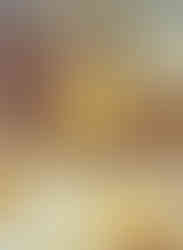

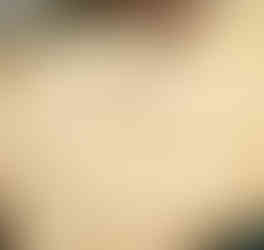

















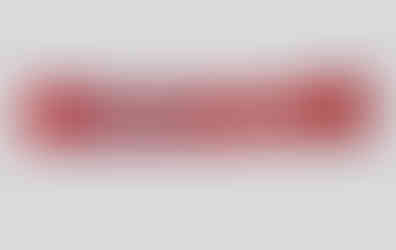

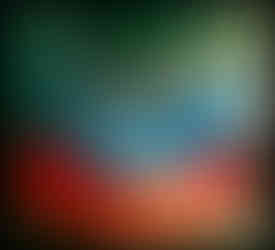



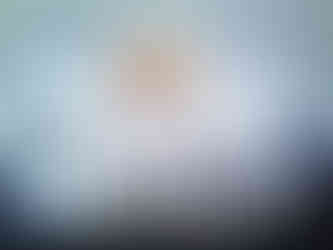










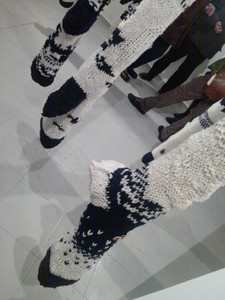

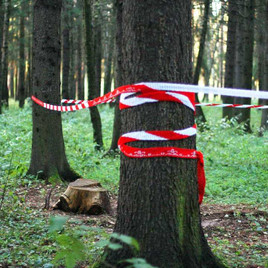























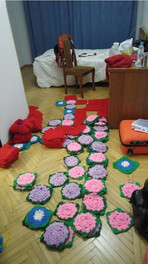


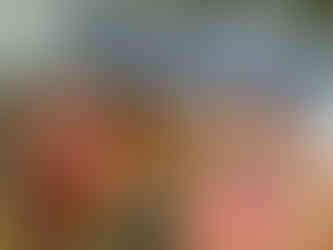


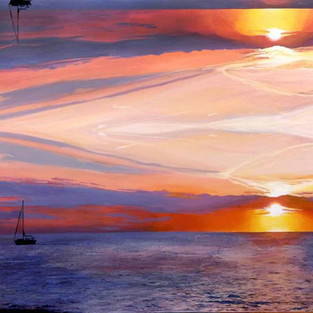



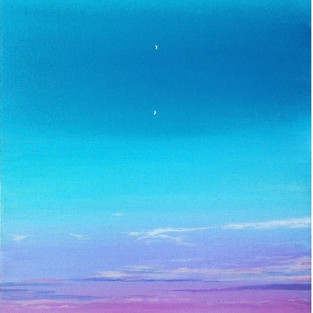



Comments